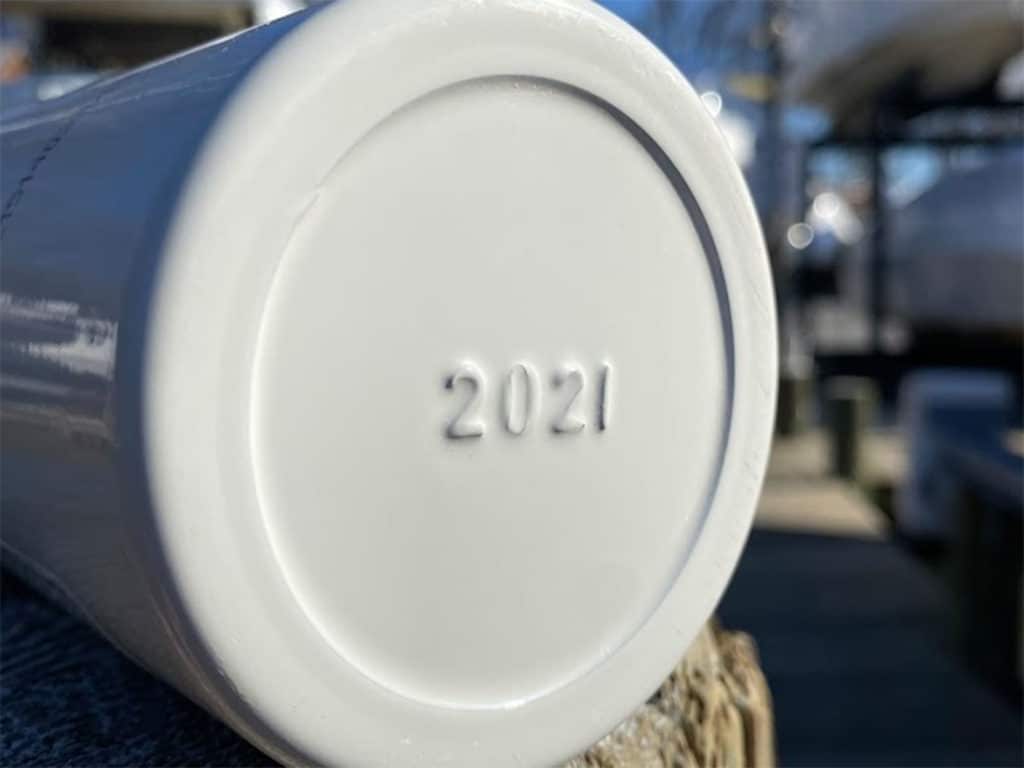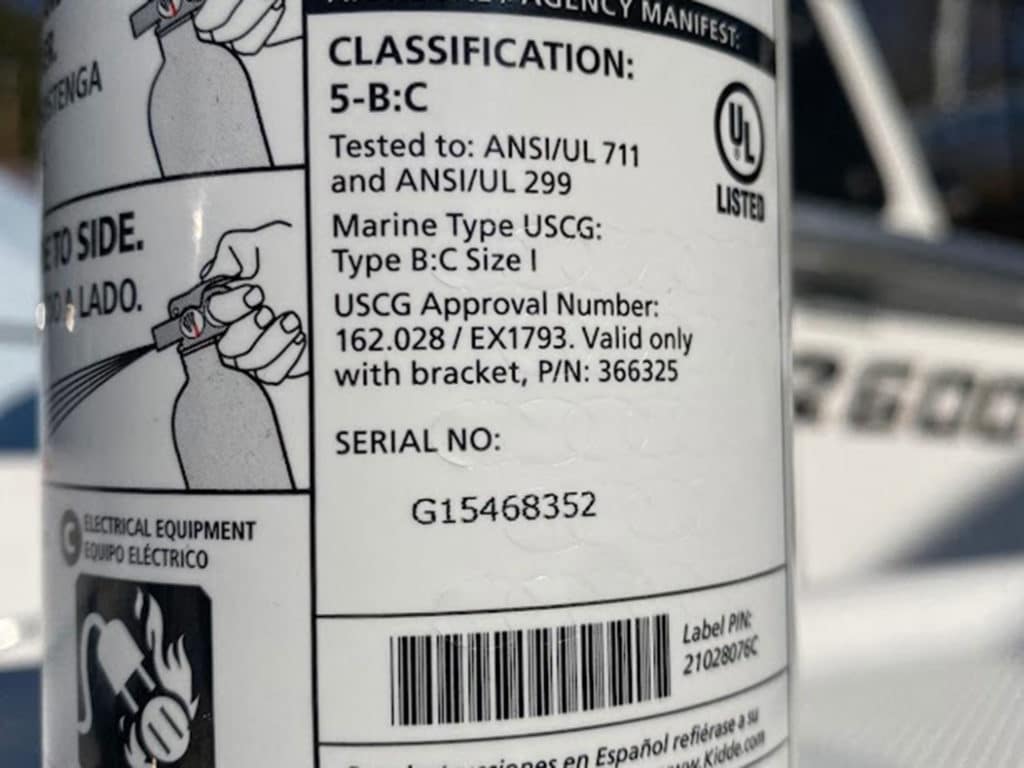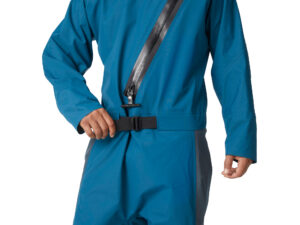
Newly added to the boat owners to-do list this spring will be to check all disposable, non-rechargeable fire extinguisher dates of manufacture, as well as the label for their U.S. Coast Guard classification. Beginning April 20, a new U.S. Coast Guard regulation for disposable fire extinguishers mandates a 12-year expiration date from the date of manufacture. Sailors can find the manufacture date stamped into the bottom of the bottle or near the UL label. This may be two or four digits — if it is two, as in 08, that means 2008. In addition, while the new regulation does not change the type (U.S. Coast Guard-rated) or quantity or requirement for USCG approved fire extinguishers aboard, it does specify the minimum Underwriter Laboratory (UL) classification of extinguishers to be carried aboard certain vessels — depending on the boat’s model year.
This change is the result of phasing out older B-I and B-II labels for newer 5-B, 10-B and 20-B extinguisher classifications. The number in this new rating refers to the size in square feet of the potential fire the device is suitable to extinguish and not the exact weight of the dry chemical inside the bottle.
Vessels on the water today that are less than 26 feet and model year 2017 or older may continue to carry older, dated or undated B-I or B-II disposable extinguishers. However, when they are no longer serviceable or have reached 12 years of age since manufacture, they must be replaced with newer class 5-B or greater extinguishers. Boats less than 26 feet and 2018 model year or newer must carry unexpired 5-B, 10-B or 20-B fire extinguishers. Older B-I and B-II types will not meet the new carriage requirements.
For a look at how many and what type of fire extinguishers are needed aboard all recreational boats up to 65 feet, go to BoatUS.org/Fire-Extinguishers.

“This new U.S. Coast Guard expiration date regulation aligns with the 12-years recommended by the National Fire Protection Association,” said BoatUS Foundation Assistant Director of Boating Safety Ted Sensenbrenner. “We expect that the U.S. Coast Guard Auxiliary and United States Power Squadrons vessel safety check program will soon include this new regulation as part of their free, no-penalty vessel exams. Because this change affects a critical piece of safety equipment aboard your boat, we also expect the U.S. Coast Guard will initially focus on education. You may want to start checking extinguishers now while your boat may be ashore this winter.”
Sensenbrenner adds, “Also take a look now to ensure your fire extinguishers are readily accessible. You can buy only the bracket if you don’t have one and mount your extinguishers where they need to be — at points of egress, at the helm, and near the engine and fuel supply. Burying them in the bottom of a compartment ensures they will be hard to reach when you need them the most. Familiarizing yourself with the PASS method (Point, Aim, Squeeze, and Sweep) will prepare you for fighting a small fire aboard.”For more information on the new requirement, as well as frequently asked questions and an infographic, go to www.uscgboating.org.








